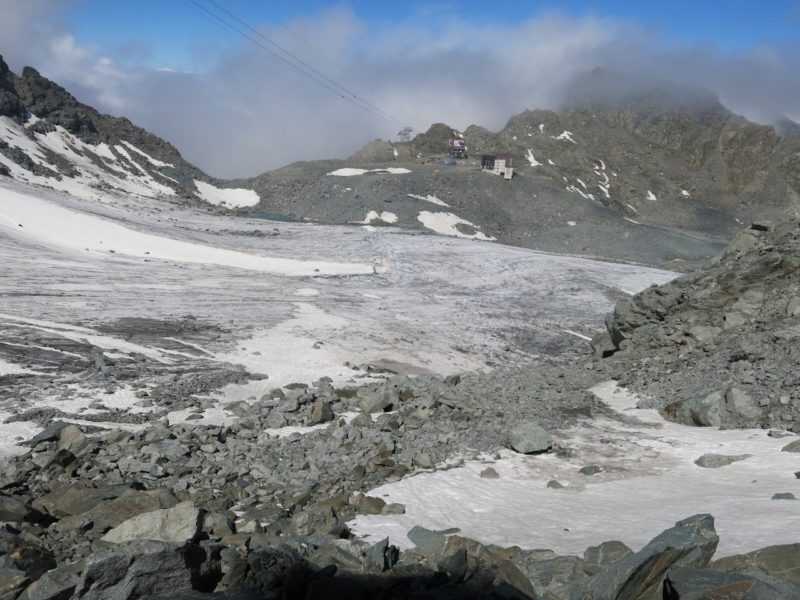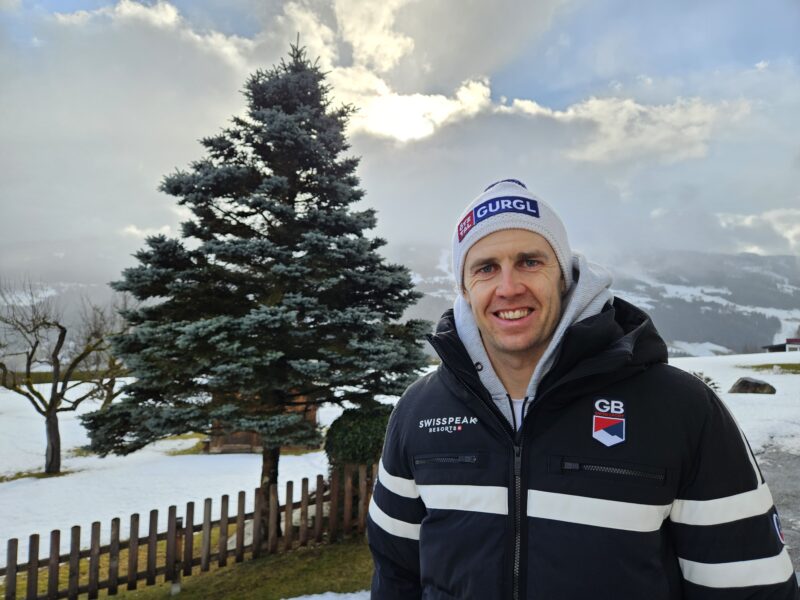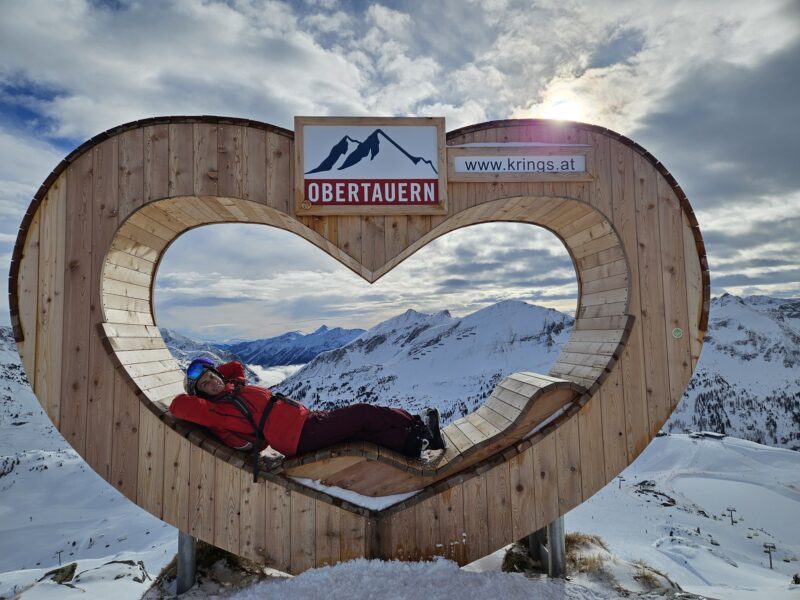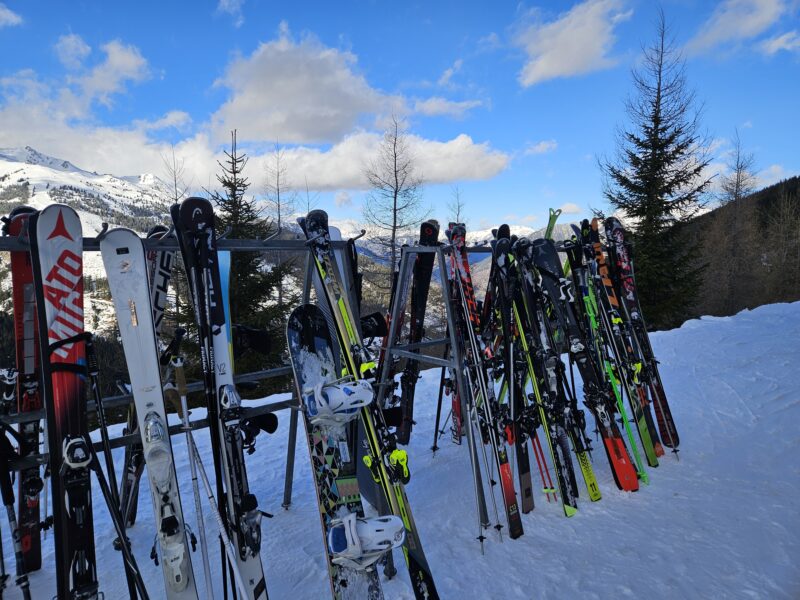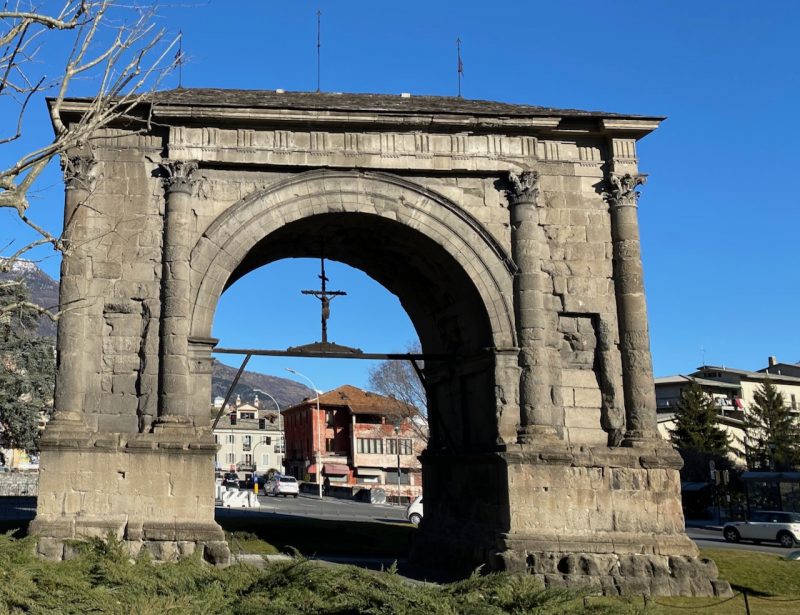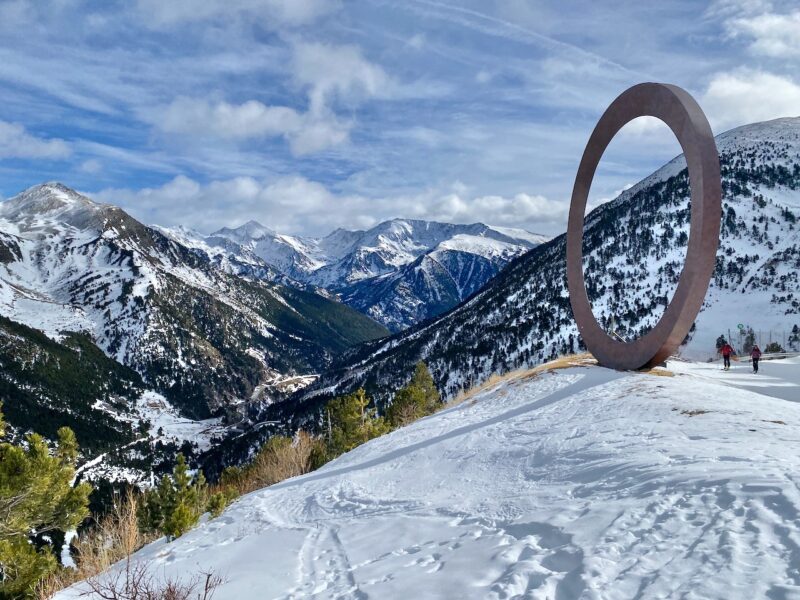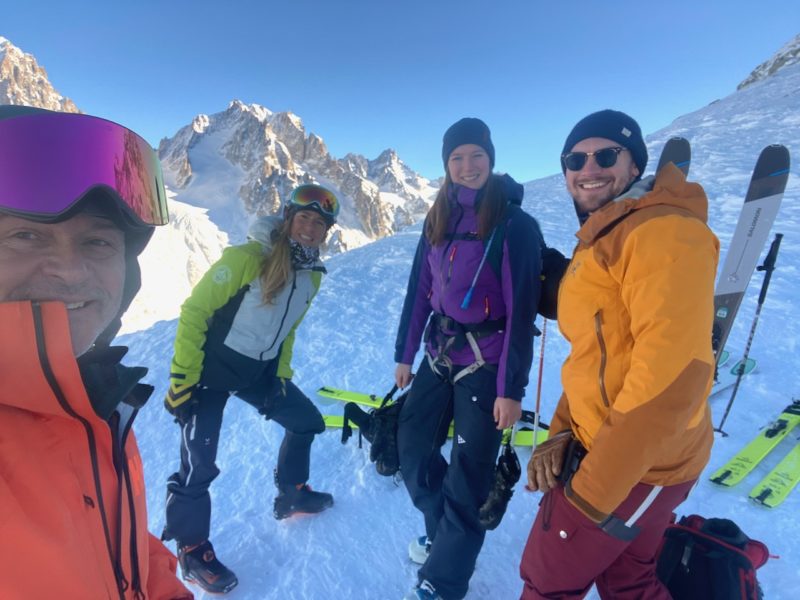Avalanche Deaths In Switzerland Up 50% This Winter
6th April 2021
Last modified on May 20th, 2021
It’s been a deadly winter season, with significantly more people killed than the average figure in the last 20-year period. The majority of victims were off-piste skiers or snowboarders.
The grim statistics come in a report by the Swiss Institute for Snow & Avalanche Research (SLF) and cover the period from 1st October 2020 to 30th March 2021.
They show that 27 people have died in avalanches and one person is still missing.
This compares to the average of 18 deaths to the end of March over a period of 20 years, a rise of 50%.
“All of the victims were winter sports enthusiasts in unsecured terrain,” the report states.
11 were backcountry ski touring or hiking and 16 were off-piste skiing or snowboarding.
Two people died in one accident, but for all other accidents, one person died.
The 4 Valleys area, which includes Verbier, was the worst hit with seven (26%) of the season’s avalanche deaths recorded there.
One fatal accident was recorded in the Swiss Jura, where such incidents are very rare, with the last one dating back to 1991.
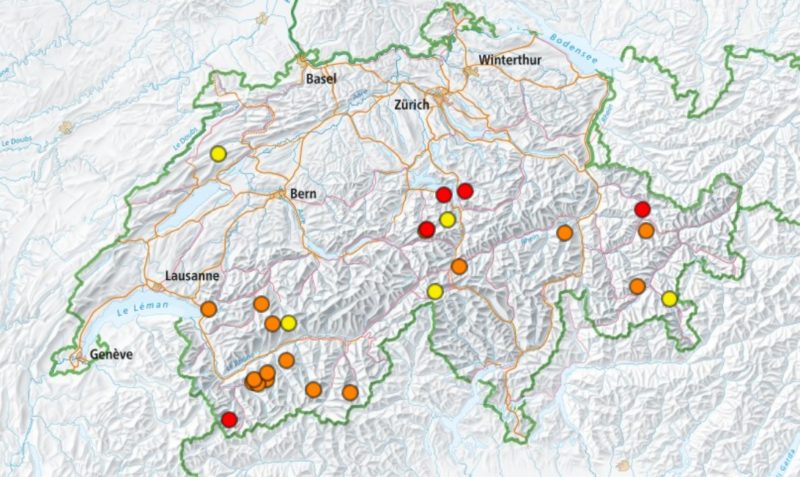
Location of fatal avalanches – image c/o SLF
In total, 318 avalanches causing damage -material and bodily injury – were reported to the Institute.
Of these, 215 were triggered by people, rather than spontaneous slides, with 296 people being caught in them.
The 20-year average for triggered avalanches is 113.
The 20-year average for the number of people caught is 177, meaning this winter roughly two-thirds more people were involved in some way.
There were also several spontaneous slides, most of them in mid-December and late January.
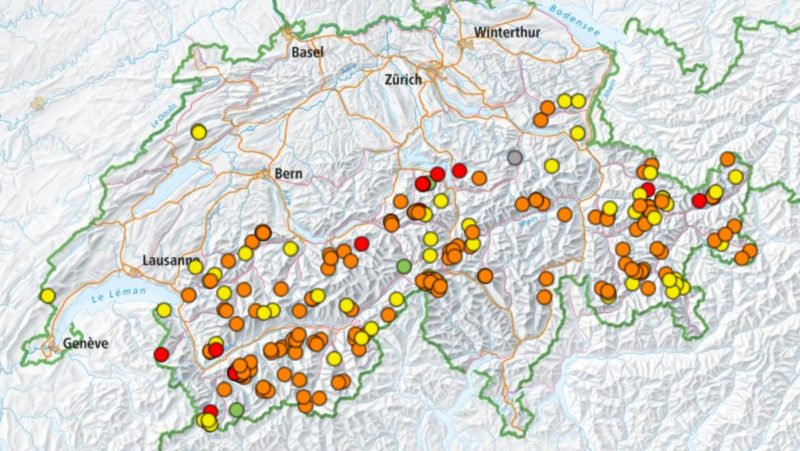
Reported avalanches – Image c/o SLF
RELATED STORIES
- Snowboard Champion Dies In Avalanche
- Avalanche Death Toll Continues To Climb
- Why Are There Currently So Many Fatal Avalanches In The Alps?
- Miraculous Avalanche Rescues In The Alps
The report says there are a number of possible reasons for the high number of avalanches and fatalities:
Fragile old snow
Layers of metamorphosed snow close to the ground and weak layers in the centre of the snowpack. Most serious accidents had this cause, including the eight fatal avalanches from 15th to 18th January.
Abundant fresh snow
From December until the beginning of February and again in mid-March, the situation was critical for weeks because of a several episodes of snowfall. Constant snow and the formation of layers of windblown snow added to the problem of the old snow layer.
Large avalanches
The slides triggered in old snow were often large and sometimes very large.
Increase in off-piste accidents
More than half the fatal accidents were in the off-piste area. In multi-year statistics, there are more fatalities among backcountry tourers or hikers.
Five of the fatal avalanches happened when the avalanche risk was at level 4 (on a scale of 1 to 5).
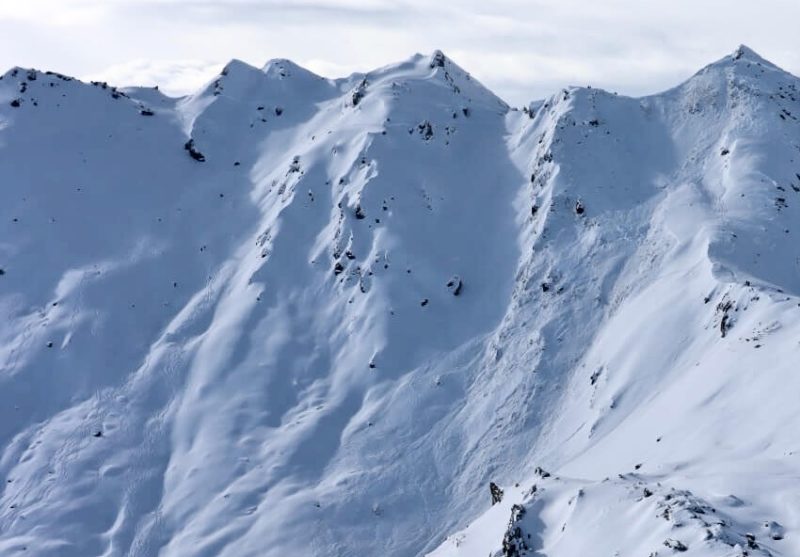
Avalanche in Verbier, Switerland. Photo credit, Valais Police
The report also says there were slightly more accidents than average at the weekend, especially Saturdays, when more people are usually on the mountains.
“It is not known whether the coronavirus pandemic has an influence on mountain attendance date and the risky behaviour of winter sports enthusiasts,” it says.
Across the Atlantic, it’s also been the deadliest avalanche season in years.
So far 36 people have died in avalanches in the USA, according to the Colorado Avalanche Information Center (CAIC).
The figure equals the record set in 2008 and again in 2010.
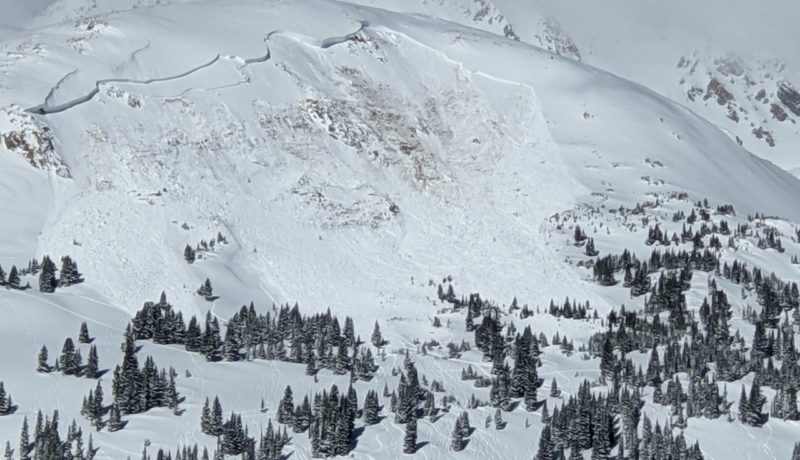
Avalanche at Loveland, Colorado – photo credit Colorado Avalanche Information Center
CAIC says this winter the weak layers have been deep in the snowpack with the stronger layers at the top.
“This year we are seeing a pretty dangerous snowpack, the kind of unique conditions that only come around once every 10 years or so,” Brian Lazar, deputy director at CAIC told CNN.
“This structure is highly conducive to producing avalanches. Like any structure, you don’t want your weakest materials at the bottom, so when you build a snowpack structure with weaker layers under stronger layers, it’s the perfect condition to produce avalanches.”

